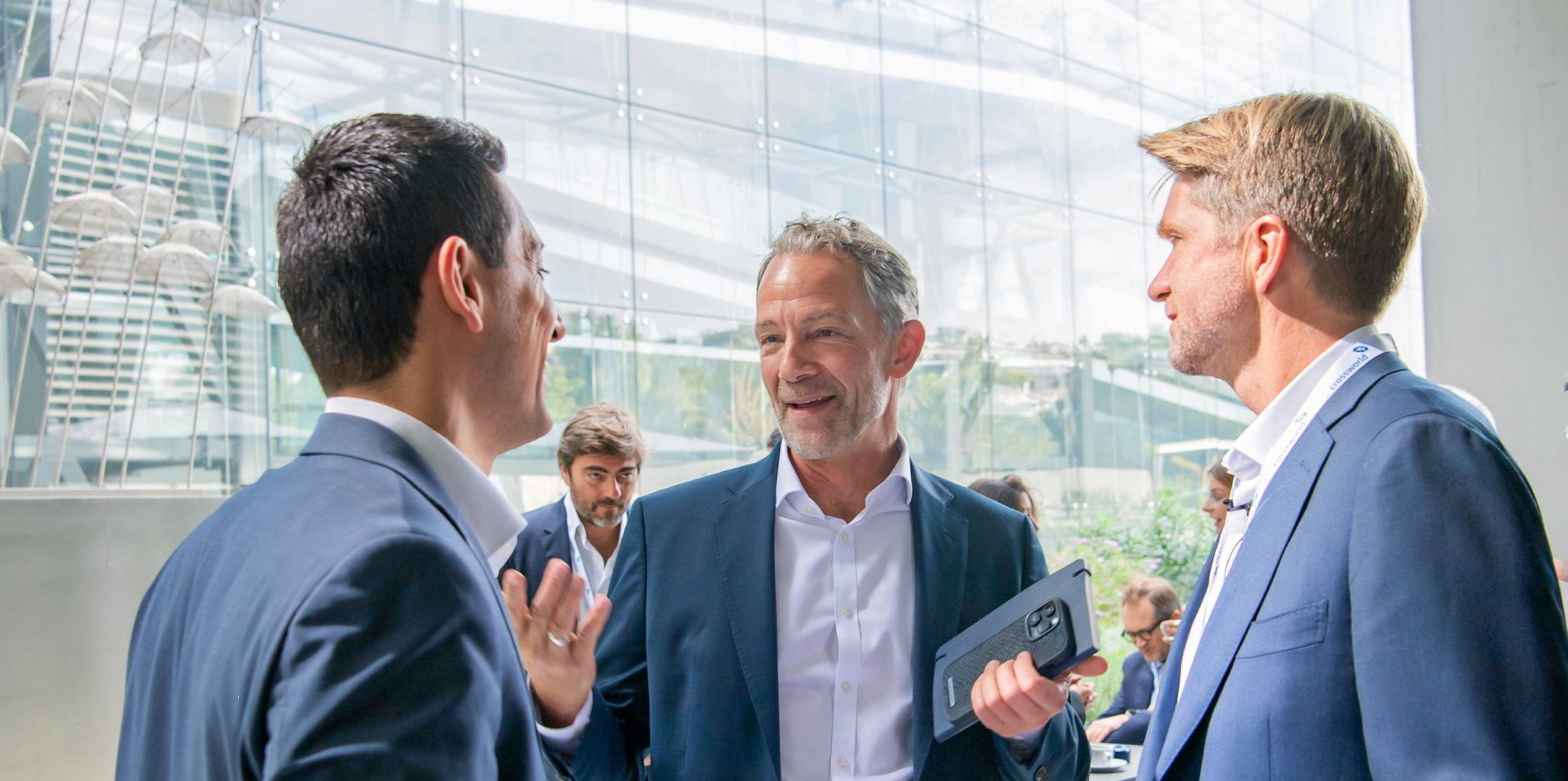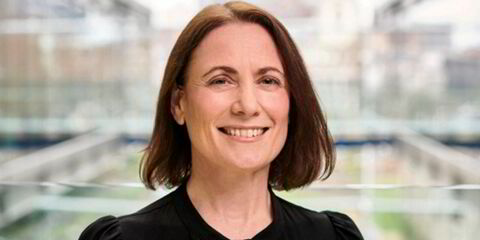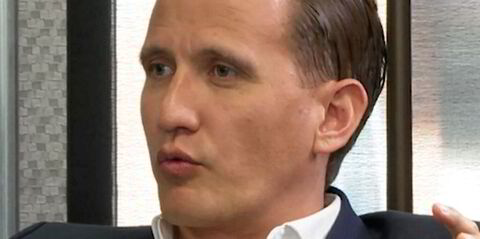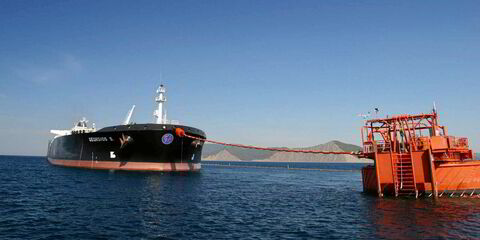SITA, the company whose technology enables the world’s airports and airlines to communicate, collaborate and share data, is seeking investors for a new venture as it sets its sights on shipping.
SmartSea, which launched in May with its first shareholder partner, Columbia Shipmanagement, is seeking others in shipping to take a stake to help replicate its achievements of harmonising aviation communications in maritime.
The hope is that the Switzerland-based parent company can bring its expertise in middleware platforms and services — which enable airlines and airports to share information on everything from ground-handling systems to customs declarations — to bear on ship managers, shipowners and ports.
Chief executive Julian Panter joined SmartSea from within shipping; others, such as Drew Griffiths, SITA vice president for airports and now SmartSea chief technology officer, joined from the aviation sector.
Panter said SITA has been successful in breaking down the technology silos in aviation and believes SmartSea can replicate that success.
“The unification of stakeholders, partnerships and collaboration and this is something maritime can learn from, there is a siloed effect in maritime tech where you have exciting technologies that are not linked and then start-ups with one or two entities,” he told TradeWinds.
“SmartSea can knock down those walls, just like SITA has unified these stakeholders and partners who have become far stronger with a unified digital language.”
But to do so, SmartSea will need success stories, according to Panter — ways to show the maritime industry it is working and to build trust.
“We need to start with proof points to enable us to spread out and create confidence,” he said.
SITA is a 75-year-old technology company with a membership of hundreds of airlines, airports, air traffic control services and others that drive the aviation industry’s IT agenda.
Drew Griffiths, the SITA vice president for airports who moved to Limassol, Cyprus to become SmartSea chief technology officer, explained its reach in aviation.
“On the airport side of things, when you check in, SITA’s middleware allows you to get your boarding passes for different airlines,” he said.
“They are all communicating together. You get your baggage transshipped through, so that the barcodes are all read properly, and your bag gets to your end destination without having to be interfered with.
“On the aircraft side, there is unified wifi. It allows pilots to talk to ground control, it allows all the technology companies to link with each other, linking all those airports together through a common network, making sure that when airports need to communicate to each other a little bit like ports could do, there is an easy channel to do that and bring technology to unify them.
“The final bit is border control. Ships and airplanes cross borders, and SITA liaises there too.”
“Those proof points could be cyber security with a particular vessel owner, smart gates at a shipyard or port, or biometrics with a cruise company. It can be individual services that build trust and confidence.”
Panter also recognises that there are already platforms in shipping, such as DNV Veracity and Kongsberg’s Kognifai, and other tools are being launched to standardise digitalisation.

“We are not coming to compete, but to unify what is there,” he said. “That is the message we want to get across to the technology companies, the shipowners, the ports, the IMO, just as SITA has done already [in aviation].”
According to Griffiths, SmartSea has already had some success with about $50m of shipping business, notably in the cruise sector, where the boarding experience can use the same systems and thinking as SITA has developed for passengers at an airport.
Cyprus-based Columbia Shipmanagement, the first company to join SmartSea, will quite likely become its first client.
SITA began with 11 founding airlines in 1949 and Panter believes he will need five to 10 big names to be early stakeholders in SmartSea to begin unifying shipping.
But he does not want to wait 75 years to replicate its success.




